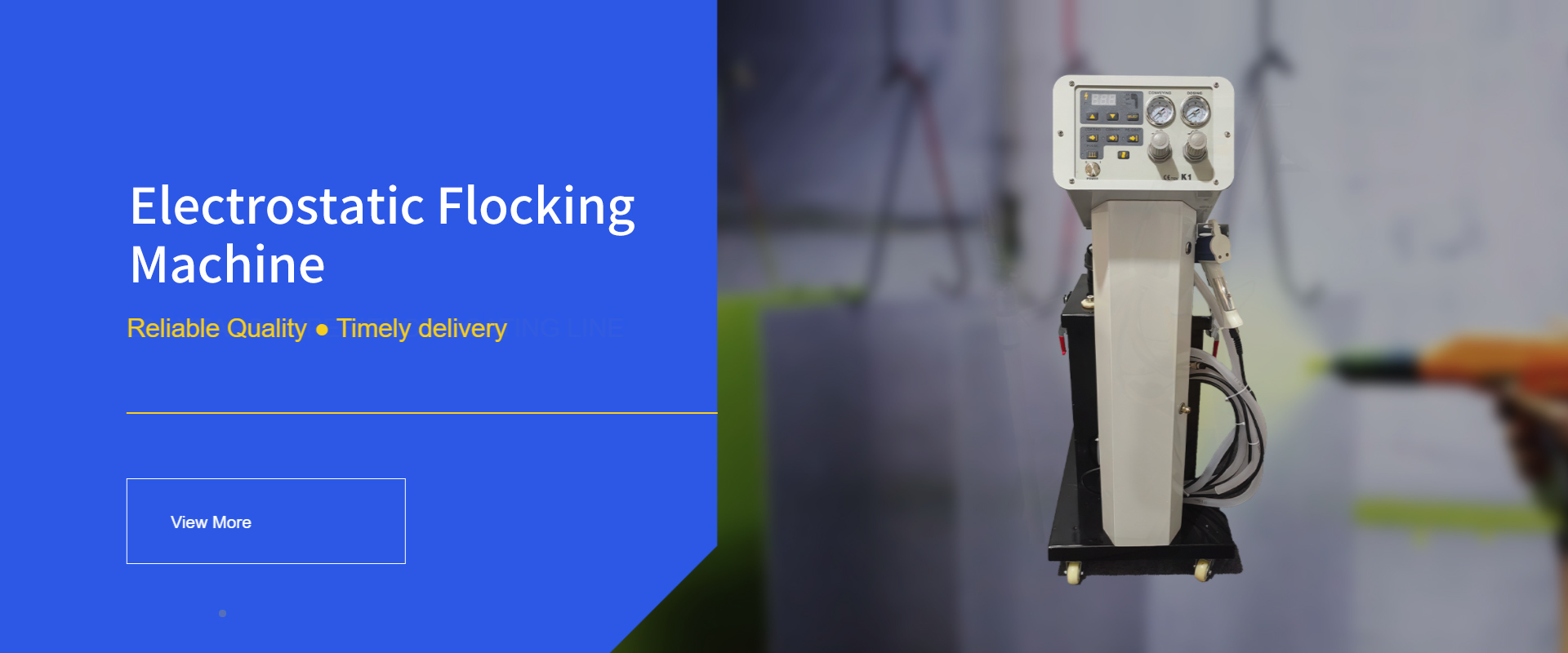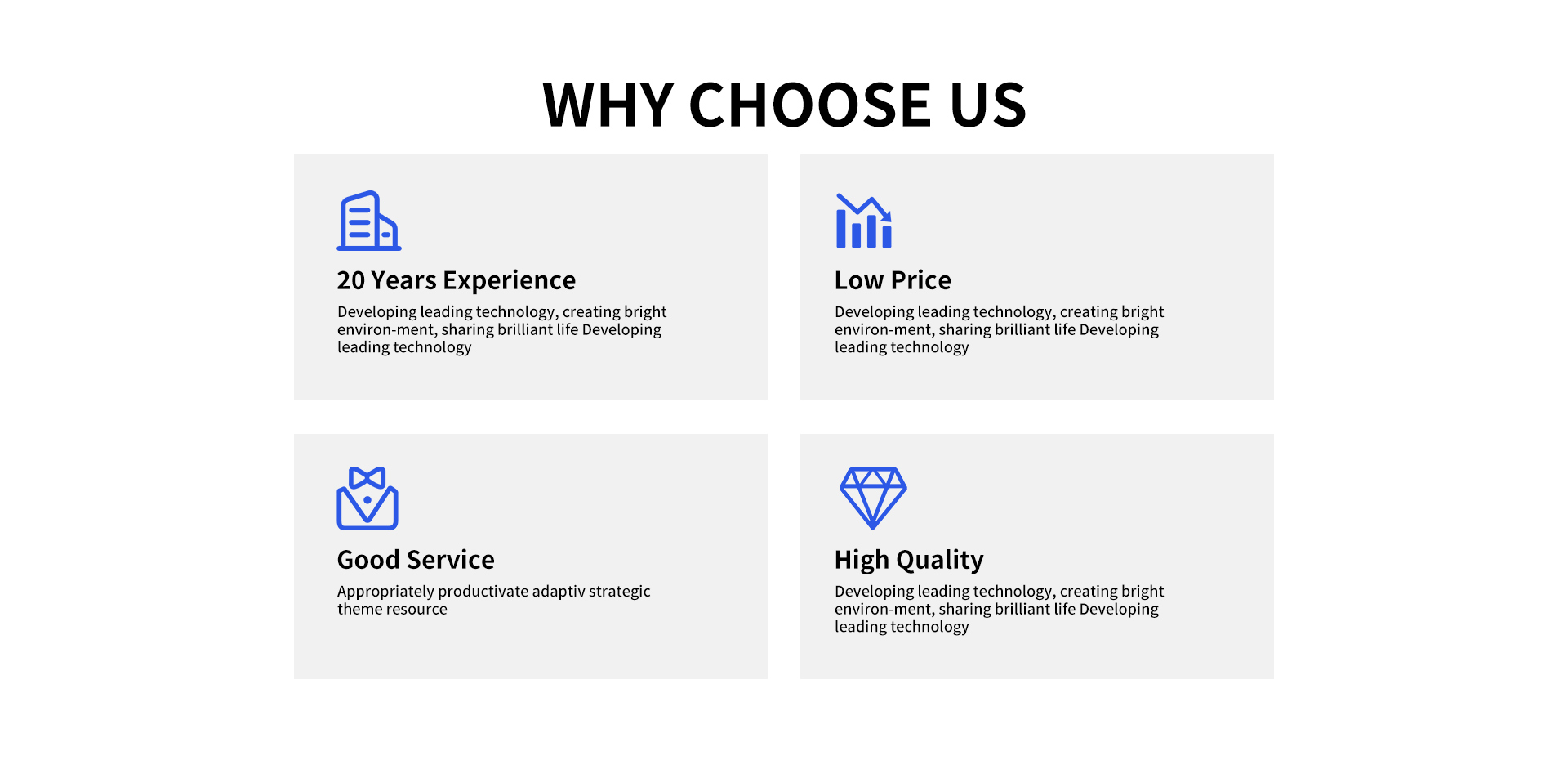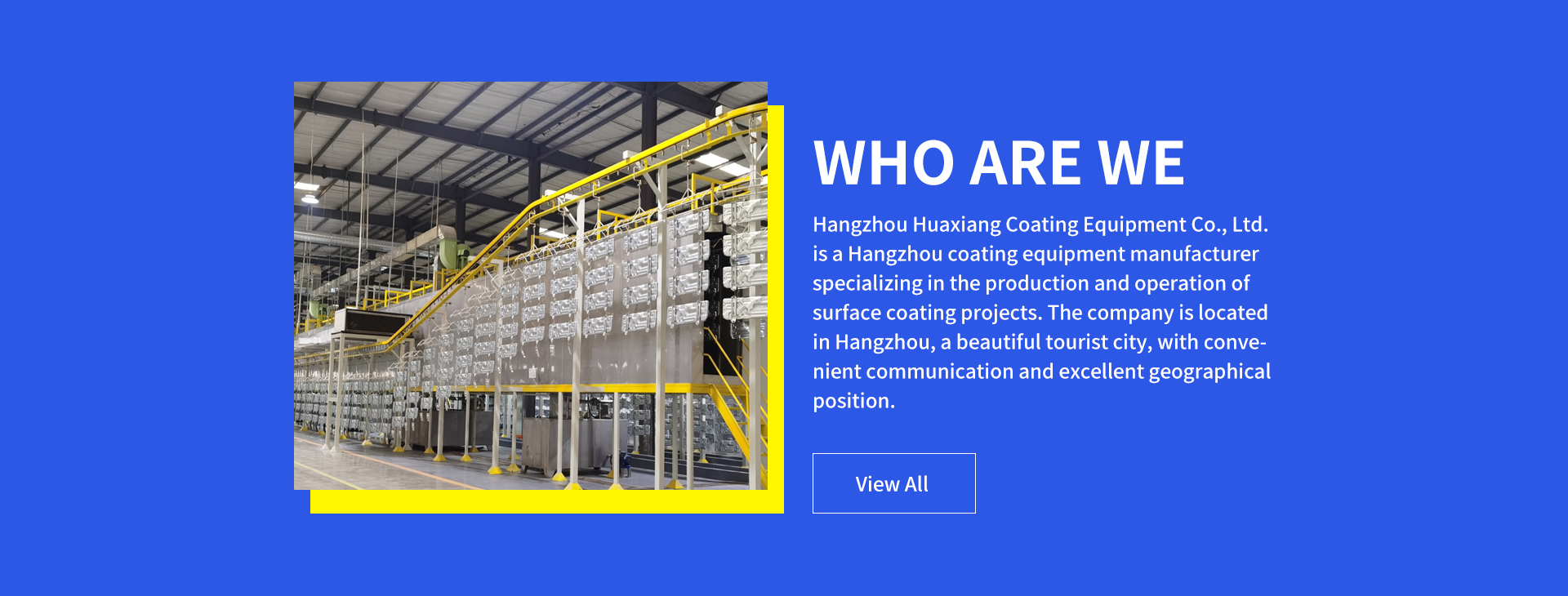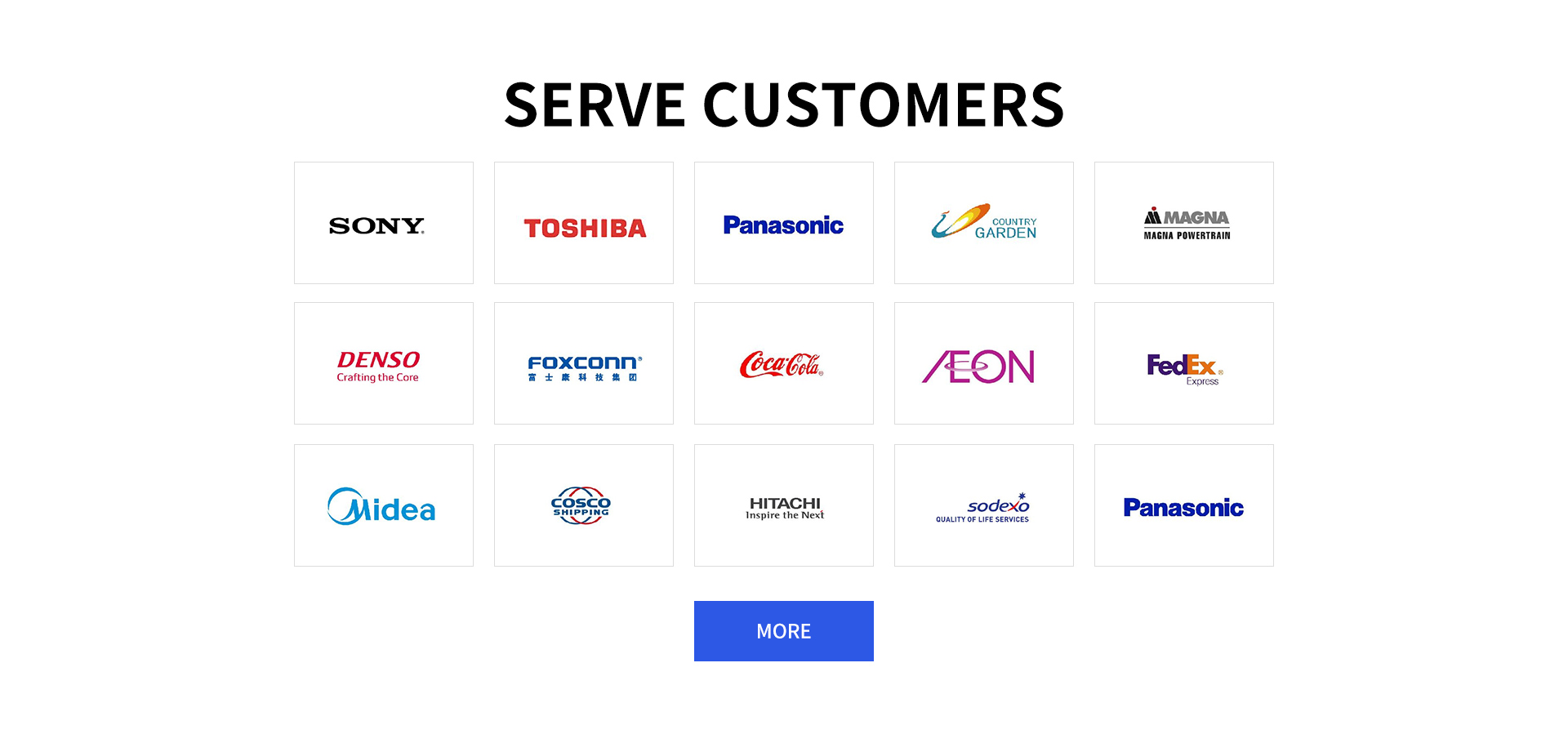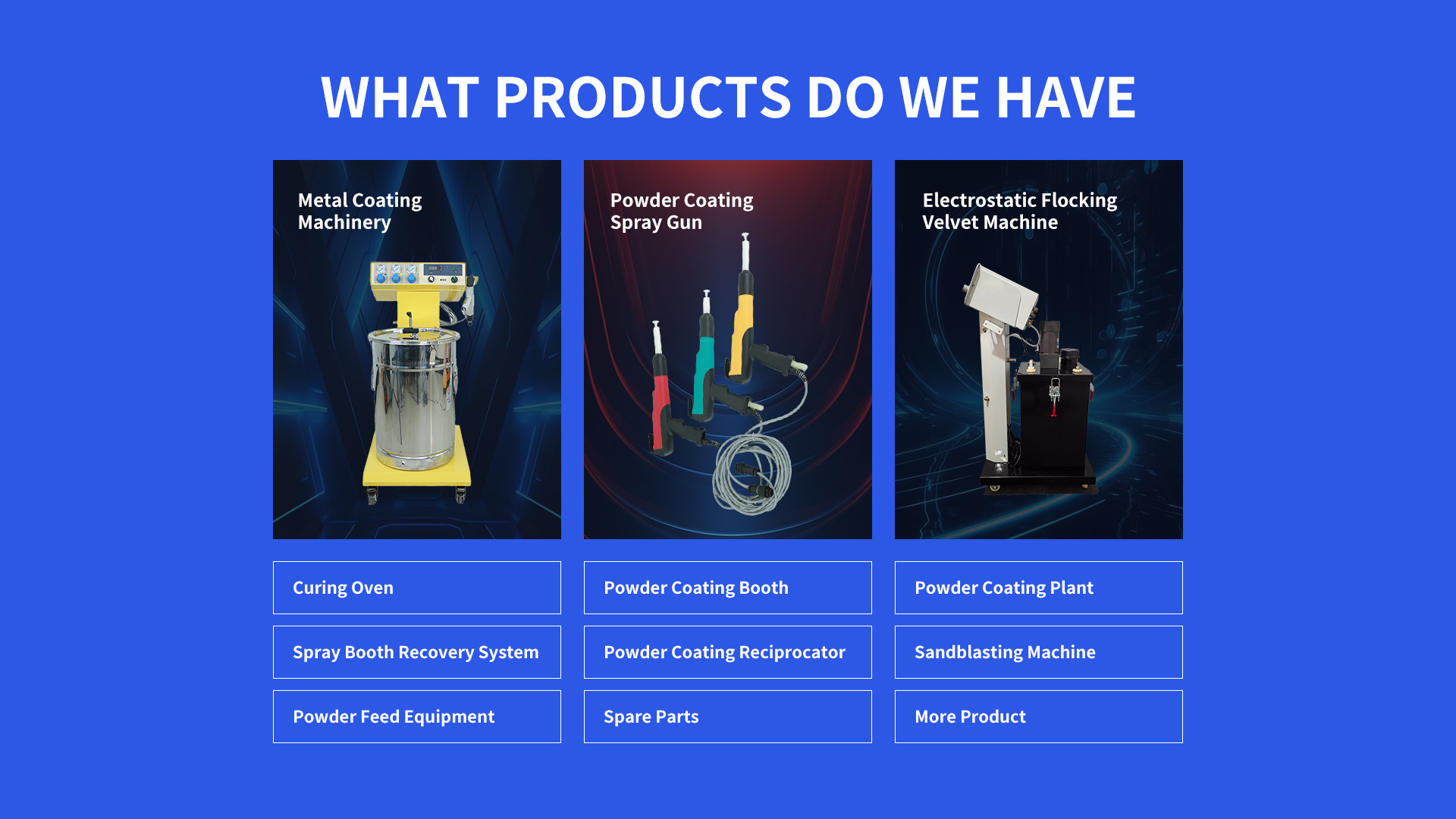In the domain of powder coating, the
Powder Coat Gun serves as a crucial instrument that determines both the quality and efficiency of the coating process. This section will conduct an in - depth examination of this essential piece of equipment.
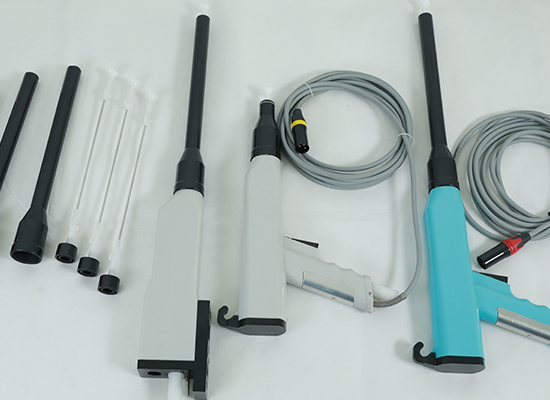
A
Powder Coat Gun is a specialized apparatus engineered to apply powder coatings to diverse workpieces. It primarily comprises a powder - feeding mechanism, a nozzle, and an electrostatic charging assembly. The powder - feeding mechanism, which can be either gravity - based or pressure - driven, is tasked with supplying powder to the nozzle. The nozzle is the component where the powder is atomized and sprayed onto the workpiece. The electrostatic charging assembly imparts an electric charge to the powder, enabling it to adhere firmly to the grounded workpiece. Additionally, the majority of powder coat guns feature an ergonomic handle to facilitate grip and control during operation.
Powder Coat Guns find extensive application across multiple industries. In the automotive aftermarket, they are utilized for refinishing car parts such as bumpers, spoilers, and alloy wheels, providing a refreshed and durable finish. In the metal furniture manufacturing industry, these guns are employed to coat metal frames, legs, and decorative elements, enhancing their appearance and wear resistance. In the art and crafts field, artists utilize powder coat guns to create unique finishes on metal sculptures and artworks.
The price of a
Powder Coat Gun can vary significantly. An entry - level gun, suitable for hobbyists or small - scale DIY projects, typically ranges from $100 to $300. These guns usually possess basic functions and a simple design. Mid - range guns, equipped with features such as adjustable powder - flow control, improved electrostatic performance, and a more durable construction, generally cost between $500 and $1000. High - end professional - grade powder coat guns, equipped with advanced features such as high - precision powder - metering systems, optimized electrostatic generators, and long - lasting nozzles, can cost in excess of $1500.
Prior to using the gun, ensure that it is properly assembled and connected to a stable power source (in the case of an electrostatic gun). Fill the powder - feeding mechanism with the appropriate powder. Adjust the powder - flow rate according to the size and shape of the workpiece. Larger workpieces may necessitate a higher powder - flow rate. Set the electrostatic voltage based on the type of powder and the desired coating thickness. When spraying, hold the gun perpendicular to the workpiece and move it at a consistent speed. Maintain a distance of approximately 15 - 20 cm between the gun and the workpiece to achieve optimal results.
When selecting a
Powder Coat Gun, consider the frequency of usage and the scale of your projects. For occasional hobbyist use, an entry - level gun will suffice. For professional or high - volume production, a high - end gun with advanced features is more appropriate. Also, take into account the types of materials to be coated, as different materials may require different electrostatic settings and powder - flow rates. Your budget is another critical factor. Balance your requirements with the cost to identify the most suitable gun.
Safety is of paramount importance when using a
Powder Coat Gun. Wear a dust mask to prevent inhalation of powder particles, safety goggles to protect your eyes, and gloves to protect your hands. Operate in a well - ventilated area to avoid the accumulation of powder in the air, which can pose a fire or explosion hazard. Refrain from pointing the gun at people or flammable objects.
The design of a
Powder Coat Gun is highly rational. The electrostatic charging assembly ensures efficient powder adhesion, reducing powder waste. The adjustable powder - flow and spray - pattern settings allow for customization according to the specific requirements of different workpieces. The ergonomic handle design facilitates extended operation, reducing operator fatigue.
Q: What should be done if the powder coating exhibits uneven thickness?
A: First, examine the powder - flow rate, as it may be inconsistent. Also, ensure that the gun movement is steady and at the appropriate speed. Adjust the electrostatic charge if necessary, as it can influence powder adhesion.
Q: Can a Powder Coat Gun be used in a dusty environment?
A: It is not advisable. Excessive dust can contaminate the powder and affect the coating quality. It is recommended to work in a relatively clean environment or utilize a dust - collection system.
Q: How can the nozzle of the Powder Coat Gun be cleaned?
A: Carefully disassemble the nozzle. Use a soft brush to remove any powder residue. The nozzle can also be soaked in a suitable cleaning solvent (if compatible with the nozzle material) and then thoroughly rinsed.
Q: Can the electrostatic charging mechanism of my Powder Coat Gun be modified?
A: Modifying the electrostatic charging mechanism is not recommended unless one has professional knowledge. Incorrect modifications may lead to gun malfunction. If there are issues with the electrostatic performance, consult the manufacturer.
Q: What if the powder does not spray out smoothly?
A: Check the powder - feeding mechanism for any clogs. Also, ensure that the air pressure (if it is an air - assisted gun) is stable. Clean or replace the nozzle if it is dirty or damaged.
Statement: Hangzhou Huaxiang Coating Equipment Co., Ltd Chinese Powder Coating Equipment facturers provide you with customized equipment for various types of Powder Coating Lines, Powder Coating Ovens, Powder Coating Booths,Powder Coating Guns, etc. For inquiries! Contact us at
Email: gezx@cncolourspray.com
WhatsApp: +86 13335812068

